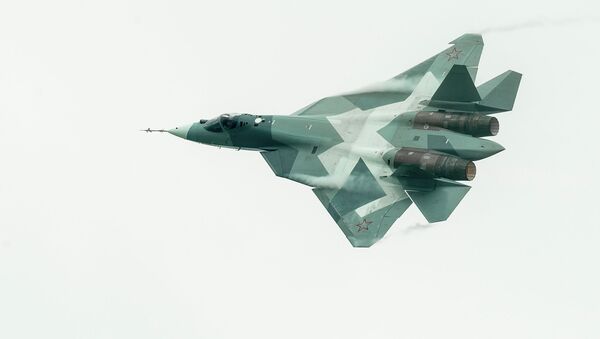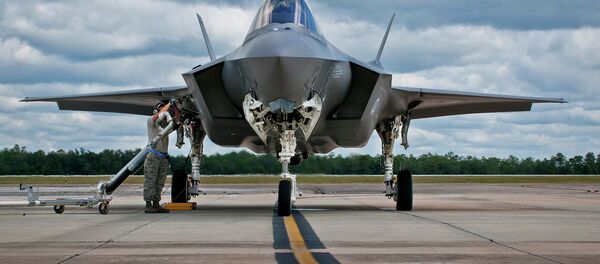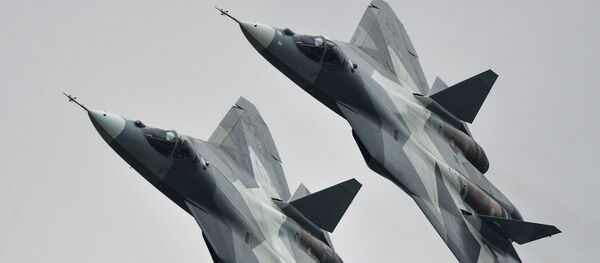Vladimir Mikheyev, advisor to the First Deputy Director General of Concern Radio Electronic Technologies (KRET), a subsidiary of Russian Technologies State Corporation (Rostec), revealed that various components of the new jet have been tested on the Sukhoi PAK FA (Prospective Airborne Complex Frontline Aviation) T-50 prototype.
"Standalone solutions that will be applied in the sixth-generation fighter are now being tested on the fifth-generation jet as well as on the ground-based equipment. Separate elements of the flight and navigation system have already been installed on PAK FA," Mikheyev told TASS news.
The PAK FA is a 5th generation multi-role, single seat, twin-engine air superiority/deep air support fighter slated to enter service in the Russian Air and Space Forces in 2018. It also serves as the prototype for the joint Indo-Russian Sukhoi/HAL Fifth Generation Fighter Aircraft (FGFA) project that has tormented the US military and industrial complex that now fears New Delhi will look to Moscow for its weapons procurement needs.
The sixth generation fighter jets planned to be unveiled by 2025 will consist primarily of swarms of unmanned aircrafts flying at hypersonic speed with developers saying that the jets would be able to transit through space.
The aircrafts will be equipped with electromagnetic cannons – much like the Navy’s railgun – which can force an enemy’s radio detector out of operation at a 10km range. The super-high frequency weapons is so powerful, however, that it will not be installed on piloted aircrafts as it can harm the pilot.
"In particular, the electromagnetic impulse, with which the SHF’s weapon will be hitting the targets, will be so powerful that it will be extremely difficult to protect a human, a pilot from his own weaponry," explained Mikheyev.
The sixth-generation fighter jet has not yet been commissioned by Russia’s Defense Ministry, but there are hopes to finish the research and development part of the work until 2020 so that KRET can produce the first sixth generation aircraft by 2025 upon the ministry’s order.




